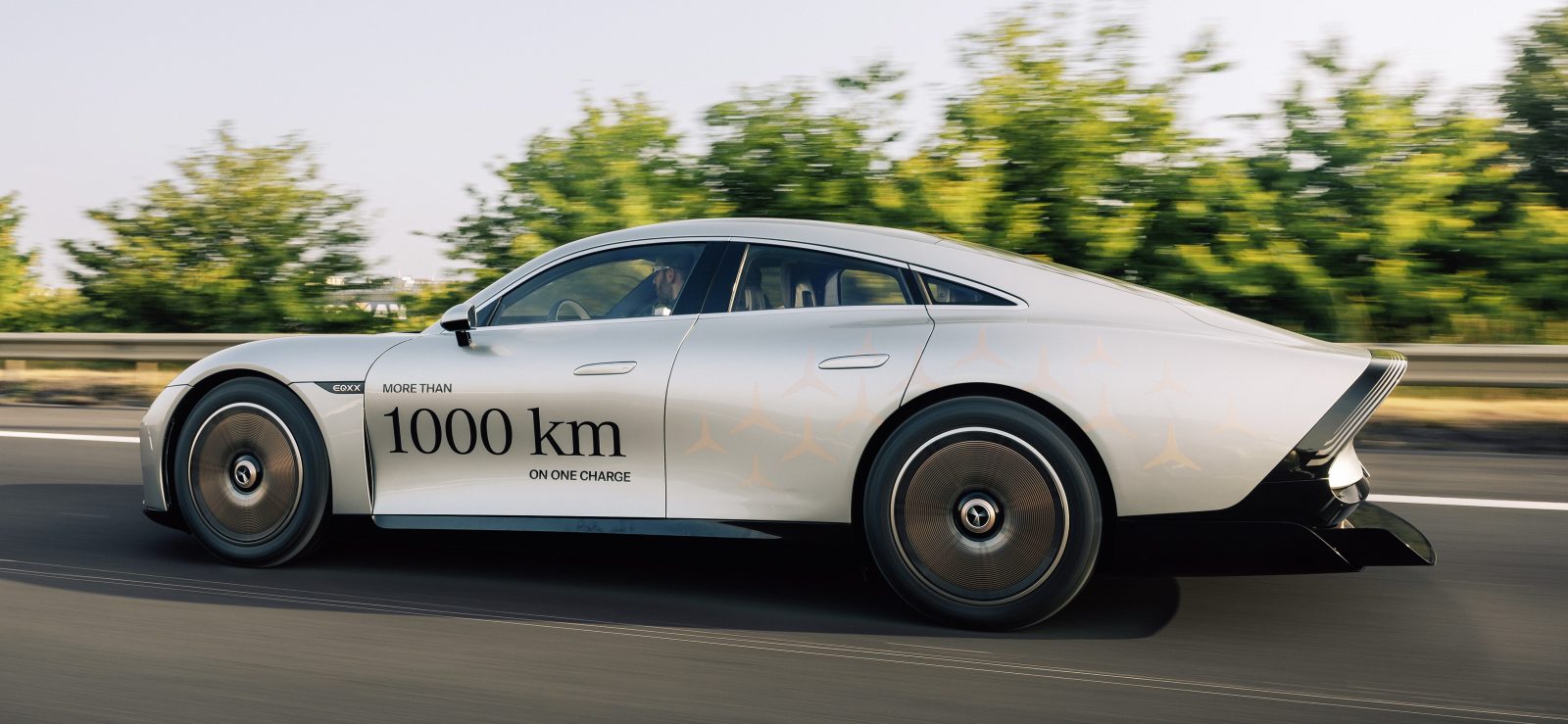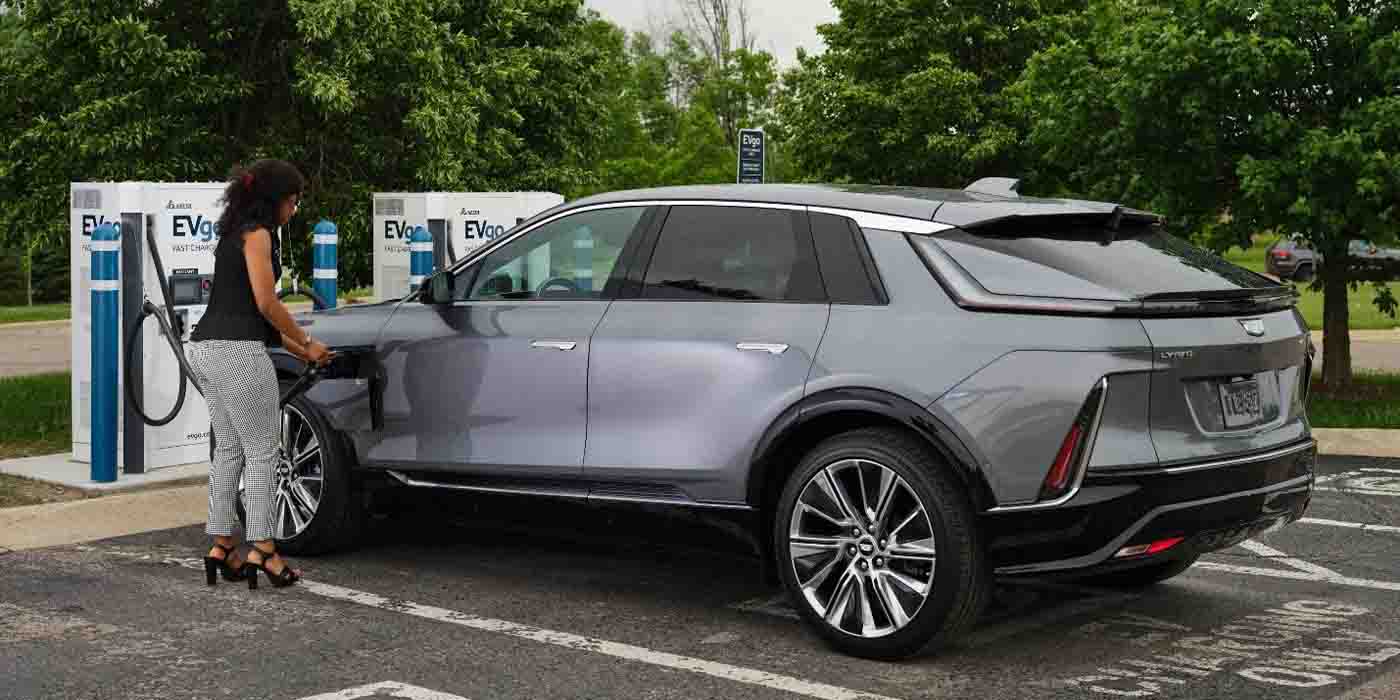Despite only being on sale for 2 months, the bZ4X is already receiving a major recall.
Source: Electric Vehicle News
Electric Vehicle News
Qorvo says its new SiC FET product line has best-in-class figures of merit for on-resistance
Radio frequency technology company Qorvo (formerly UnitedSiC) has announced a new SiC Field Effect Transistor (FET) product line, which it says has best-in-class figures of merit for on-resistance. The FET is designed for the 800 V bus architectures in the onboard chargers of EVs as well as industrial battery chargers, industrial power supplies, DC/DC solar inverters, welding machines, uninterruptible power supplies and induction heating applications.
The UF4C/SC is a 1,200 V FET product line. “Expanding our 1,200 V range with higher-performance Gen 4 options allows us to better serve the engineers who are moving their bus designs to 800 V,” said Chief Engineer of Power Devices for UnitedSiC/Qorvo Anup Bhalla. “In electric vehicles, this move to higher voltages is inevitable and these new devices, with four different RDS(on) classes, help designers select the best possible SiC choice for every design.”
The new FETs are available in 23-, 30-, 53- and 70-milliohm RDS(on) versions. Each is housed in a 4-lead kelvin source TO-247 package, and the 53- and 70-milliohm versions are also available in a TO-247 3-lead package. The company says, “This series of parts have excellent reliability, based on their well-managed thermal performance, which is a result of an advanced silver-sinter die attach and advanced wafer-thinning process.”
The new line is included in the company’s FET-Jet Calculator online design tool, and all versions are currently available from authorized distributors.
Source: Qorvo
Source: Electric Vehicles Magazine
1,972-HP Ford Pro Electric SuperVan Is An E-Transit Custom Gone Wild
Loosely based on the production model sold in Europe, Ford’s most insane SuperVan yet does 0 to 62 mph in under two seconds.
Source: Electric Vehicle News
New research looks at the economics of aluminum for EVs
Research commissioned and funded by The Aluminum Association’s Aluminum Transportation Group has studied the content and economics of aluminum in EVs.
In a White Paper, authors from FEV Consulting, Novelis and Constellium found that current BEVs have a higher aluminum content than comparable ICE vehicles and that aluminum content rises as EV size and performance rise.
“Despite expected improvements in battery cost and storage density, aluminum lightweighting solutions are expected to remain economically attractive for at least the next decade,” the authors write. “Lightweighting battery-electric vehicles with aluminum provides additional economic benefits when the entire sales fleet is considered, creating additional economic benefit and further increasing the economic viability of aluminum lightweighting.” To examine this, the researchers pieced together a cross-section of current vehicles, including a small city vehicle, a midsize family crossover vehicle and a large pickup truck.
“The new data quantifies and reaffirms that as battery-electric vehicles become more widely available, reducing mass through the application of aluminum, at optimized levels, offers significant net cost savings,” said study co-author Blake Zuidema.
Source: Aluminum Transportation Group
Source: Electric Vehicles Magazine
Report: Made-In-Texas Tesla Model Y Usable Battery Capacity Is 67.1-67.5 kWh
The number has been provided using the Tessie app.
Source: Electric Vehicle News
Mercedes-Benz’s ultra-efficient VISION EQXX electric car traveled 750 miles (1,200 km) on a single charge

Mercedes-Benz’s ultra-efficient VISION EQXX electric car completed a 750-mile (1,200 km) trip on a single charge between Germany and the UK.
The post Mercedes-Benz’s ultra-efficient VISION EQXX electric car traveled 750 miles (1,200 km) on a single charge appeared first on Electrek.
Source: Charge Forward
Tesla Model 3 Enters Top 10 Best-Selling Cars Globally For 2021: Report
The Model 3 is the most popular EV in the world, and its global sales support that claim.
Source: Electric Vehicle News
Cadillac Opens 2024 Lyriq Preorders After 2023 Model Sold Out
Customers can place a preorder for the 2024 Lyriq with a refundable $100 deposit; orders are expected to open later this year.
Source: Electric Vehicle News
GM adds Plug and Charge service to its Ultium Charge 360 program beginning with EVgo

This is big. General Motors (GM) has announced that it is adding Plug and Charge capabilities to its Ultium Charging 360 network of charge providers across North America. To begin, drivers with an EVgo account will be able to utilize the convenience of Plug and Charge before GM expands the technology to additional charging networks across its Ultium Charge 360 family.
The post GM adds Plug and Charge service to its Ultium Charge 360 program beginning with EVgo appeared first on Electrek.
Source: Charge Forward
Ford's Farley Says Early Mustang Mach-E Design Looked Like Prius
Needless to say, the CEO wasn’t impressed, and actually rejected the idea, which led to production delays.
Source: Electric Vehicle News


